Expansion of Aftermarket Services
The Sli Battery Market is experiencing a notable expansion in aftermarket services, which is likely to enhance the overall market landscape. As consumers increasingly seek maintenance and replacement services for their vehicles, the demand for SLI batteries in the aftermarket segment is expected to rise. In 2025, the aftermarket for automotive batteries is projected to account for a significant share of the overall battery market, driven by the growing number of vehicles on the road and the need for regular battery replacements. This trend suggests that manufacturers and service providers may need to adapt their strategies to cater to the evolving needs of consumers. Additionally, the expansion of e-commerce platforms for battery sales is likely to facilitate easier access to SLI batteries, further driving growth in the aftermarket segment of the Sli Battery Market.
Increasing Demand for Automotive Batteries
The Sli Battery Market is experiencing a notable surge in demand for automotive batteries, driven by the rising production of vehicles worldwide. In 2025, the automotive sector is projected to witness a production increase of approximately 5%, which directly correlates with the need for reliable starting, lighting, and ignition batteries. This trend is further supported by the growing consumer preference for vehicles equipped with advanced electrical systems, which require high-performance SLI batteries. As manufacturers strive to meet these demands, the Sli Battery Market is likely to expand, presenting opportunities for innovation and enhanced battery technologies. Furthermore, the increasing focus on vehicle safety and performance is expected to propel the demand for high-quality SLI batteries, thereby solidifying their role in the automotive landscape.
Rising Popularity of Recreational Vehicles
The Sli Battery Market is witnessing a growing interest in recreational vehicles (RVs), which is contributing to the demand for SLI batteries. As outdoor activities and travel become increasingly popular, the market for RVs is expanding, leading to a heightened need for reliable battery solutions. In 2025, the RV market is projected to grow by approximately 7%, which will likely drive the demand for SLI batteries that support the electrical systems of these vehicles. This trend indicates a shift in consumer behavior towards leisure and adventure, thereby creating new opportunities for manufacturers within the Sli Battery Market. As RVs often require robust starting and deep-cycle batteries, the industry may see innovations tailored specifically for this segment, enhancing the overall market dynamics.
Technological Innovations in Battery Design
Technological advancements are playing a pivotal role in shaping the Sli Battery Market. Innovations in battery design, such as the development of enhanced lead-acid batteries and the integration of smart technologies, are likely to improve battery efficiency and lifespan. For instance, the introduction of advanced materials and manufacturing processes has the potential to increase the energy density of SLI batteries, making them more efficient for automotive applications. Additionally, the incorporation of smart battery management systems can provide real-time monitoring and diagnostics, thereby enhancing the overall performance of SLI batteries. As these technologies continue to evolve, they may lead to a more competitive landscape within the Sli Battery Market, encouraging manufacturers to invest in research and development to stay ahead of the curve.
Regulatory Support for Clean Energy Solutions
The Sli Battery Market is benefiting from increasing regulatory support aimed at promoting clean energy solutions. Governments are implementing policies that encourage the adoption of environmentally friendly technologies, including lead-acid batteries, which are known for their recyclability and lower environmental impact. In 2025, several regions are expected to introduce stricter regulations on emissions, which may drive the demand for SLI batteries as they are essential for the operation of hybrid and electric vehicles. This regulatory landscape is likely to create a favorable environment for the Sli Battery Market, as manufacturers align their products with sustainability goals. Furthermore, incentives for consumers to purchase energy-efficient vehicles may further bolster the demand for SLI batteries, reinforcing their significance in the transition towards cleaner energy alternatives.


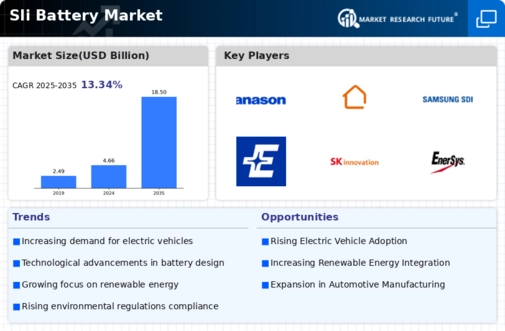
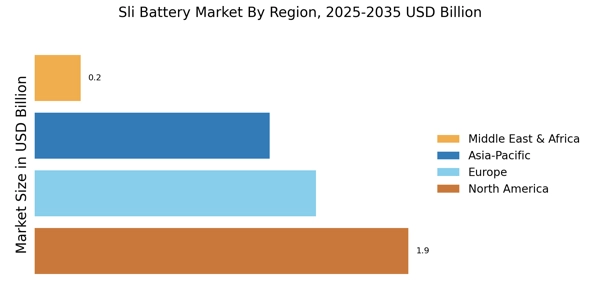
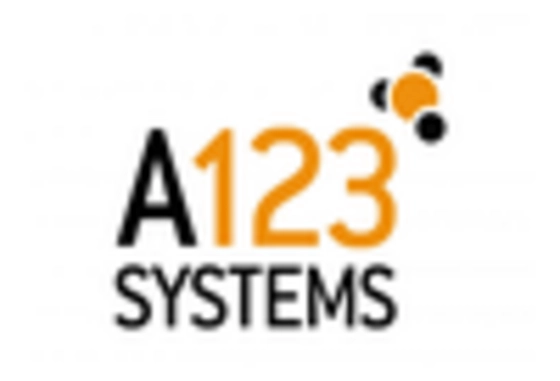


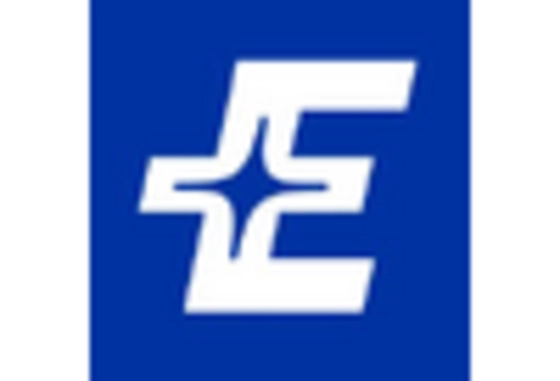

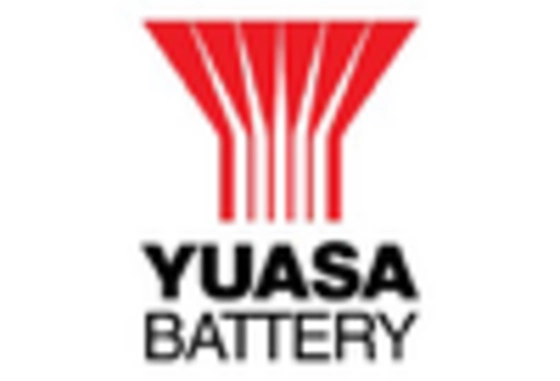








Leave a Comment